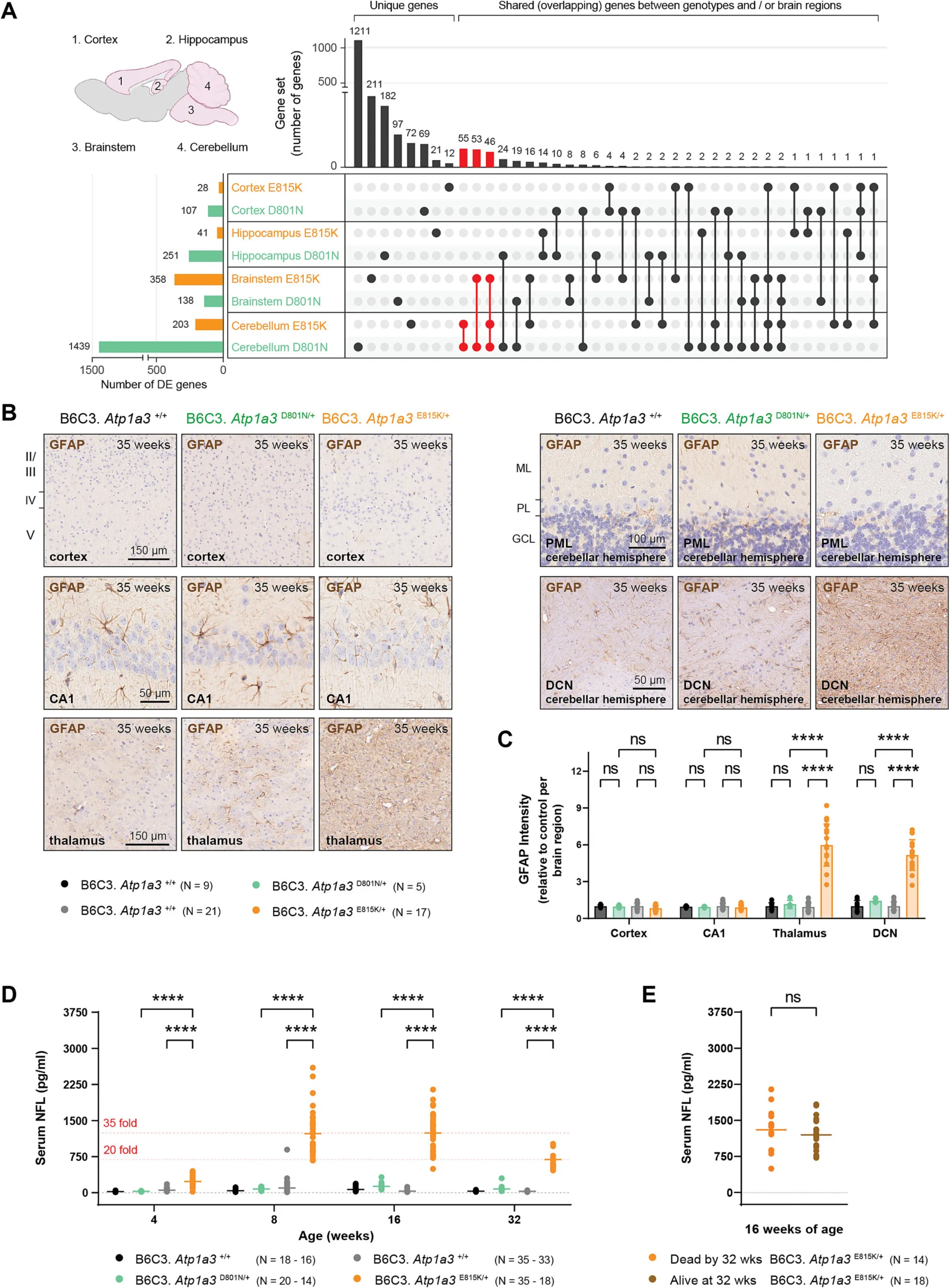Hope for Alternating Hemiplegia of Childhood: New Mouse Models Developed
Researchers at The Jackson Laboratory (JAX) have achieved a significant breakthrough in the fight against Alternating Hemiplegia of Childhood (AHC). They have successfully developed mouse models that not only survive the premature death typically associated with AHC but also open doors for crucial pre-clinical testing. This is a monumental step forward, considering AHC is a rare and devastating neurological disorder affecting approximately one in a million children, with currently no effective treatments available.
Understanding Alternating Hemiplegia of Childhood (AHC)
AHC is a complex condition characterized by repeated episodes of paralysis, often affecting one side of the body but potentially alternating between sides. These episodes can be accompanied by other neurological symptoms, significantly impacting the quality of life for affected children and their families.
The Significance of the New Mouse Models
The development of these mouse models is crucial for several reasons:
- Survival: Previous attempts to create mouse models for AHC often resulted in premature death, hindering research progress. These new models overcome this hurdle, allowing for long-term study.
- Pre-clinical Testing: The models provide a platform for testing potential therapies and interventions before they are introduced to human patients. This is vital for ensuring safety and efficacy.
- Disease Understanding: By studying these models, researchers can gain a deeper understanding of the underlying mechanisms of AHC, potentially leading to the identification of new therapeutic targets.
Implications for Future Treatment
The successful development of these mouse models offers a beacon of hope for families affected by AHC. It paves the way for:
- Drug Discovery: Researchers can now use these models to screen potential drug candidates and identify those that show promise in treating AHC.
- Personalized Medicine: The models can be used to study the genetic and molecular variations that contribute to AHC, potentially leading to personalized treatment strategies.
- Improved Outcomes: Ultimately, the goal is to develop effective treatments that can alleviate the symptoms of AHC and improve the long-term outcomes for affected children.
Final Words
The creation of these AHC mouse models represents a major advancement in the quest to find effective treatments for this debilitating disorder. It is a testament to the dedication and perseverance of researchers and offers renewed hope for children and families affected by AHC worldwide. This breakthrough underscores the importance of continued research and investment in rare disease research.



+ There are no comments
Add yours